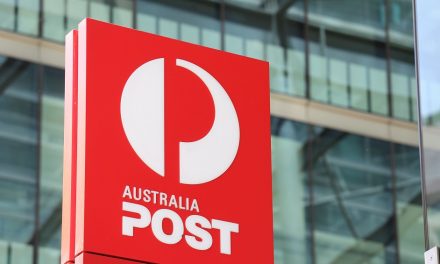
USPS revamps returns services to boost parcel volumes
The US Postal Service has redesigned its returns services, in a bid to become the “preferred” shipper for American consumers looking to return unwanted e-commerce purchases. Aligned with existing USPS parcel services, the new portfolio includes the 2-3 day Priority Mail Return Service, the economy 3-7 day option Ground Return Service, and for packages under a pound in weight, First Class Package Return Service.
USPS is providing full tracking through its Intelligent Mail Package Barcode (IMpb) system, a simplified entry and payment procedure, and a new online shipping label generator that can be used by retailers as a plug-in for their websites.
Consumers will be able to print off a shipping label from the merchant’s website, or have a call centre operator email them a label, or use a label provided by the retailer in the original purchase box. Then they will either take the product to a post office to return it, or schedule a free pick-up to be made from their doorstep by their local mail carrier.
Merchants, who must meet a 10,000-piece annual minimum volume requirement, will have full intelligence on what is being returned and when it is likely to arrive, said the Postal Service.
Dan Barrett, manager for new business and returns at USPS, explained that there had been a complete rethink on how USPS provided returns since he took over responsibility for the area just over a year ago.
He said based on a review of key customer comments about the old USPS Merchant Returns Service, the Postal Service had completely rebuilt its offering.
“At the senior executive level here, there is a commitment to positioning the Postal Service as the preferred destination for returns,” he told Post&Parcel yesterday. “Our hope is to open the mind of the consumer and instill the association so that when you think of returns, you think of the Postal Service.”
Payment


At the heart of the new USPS returns service is a flexible label-printing application and a new-look shipping label with a prominent barcode for full visibility
Payment for the new range of USPS returns services can be undertaken either by the merchant or the consumer, depending on how the merchant wants to organise its returns.
If a merchant pays, each barcode will include a merchant ID that can be recorded when an item is shipped and scanned. Pricing will then be calculated based on an average of scans of all the merchant’s packages.
If the merchant decides the consumer should pay for shipping – a so-called Return On Your Own (ROYO) policy – then the consumer will be directed to a post office or automated postal centre to send off the package. Post office staff can check a database of 118 major merchants that have ROYO policies in order to get the right barcode before sending off the parcel by the preferred service option.
“It’s leaning more towards the merchant paying at the moment, or at least the merchant paying the Postal Service, and then they may or may not assess charges to the consumer separately,” said Barrett.
Barrett explained that while the ROYO returns service would not be cheaper for consumers to ship their package, it would include the tracking capabilities to allow both the consumer and merchant to check on the shipment and know when a credit can be awarded.
While the new merchant returns services began implementation in September, the ROYO aspect is just being launched now within US post offices. “We’re still in various states of dialogue with the merchants,” said Barrett, “We haven’t actually started to provide data to the merchants yet, but that is our intent.”
Efficiency boost
As well as looking to boost package volumes by providing an easier returns service for its customers, the Postal Service was also looking to improve its “cumbersome” old returns service in order to remove costly bottlenecks from its processing network.
The entry process for returns has been simplified to cut out the need for weighing and rating each item – pricing information is accessed through the processing and scanning process during delivery.
And, Barrett said the new returns shipping label looks exactly like a normal parcel shipping label, so that the returned items are treated just like any other package.
“That was by intent, so that we would not slow the piece down or create a bottleneck in our network,” he said. “We should just be able to deliver these pieces as a natural course.”












